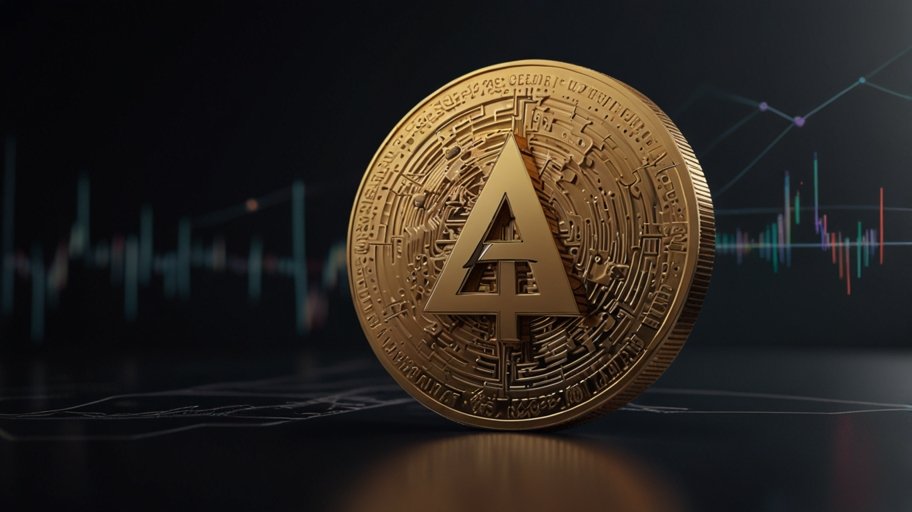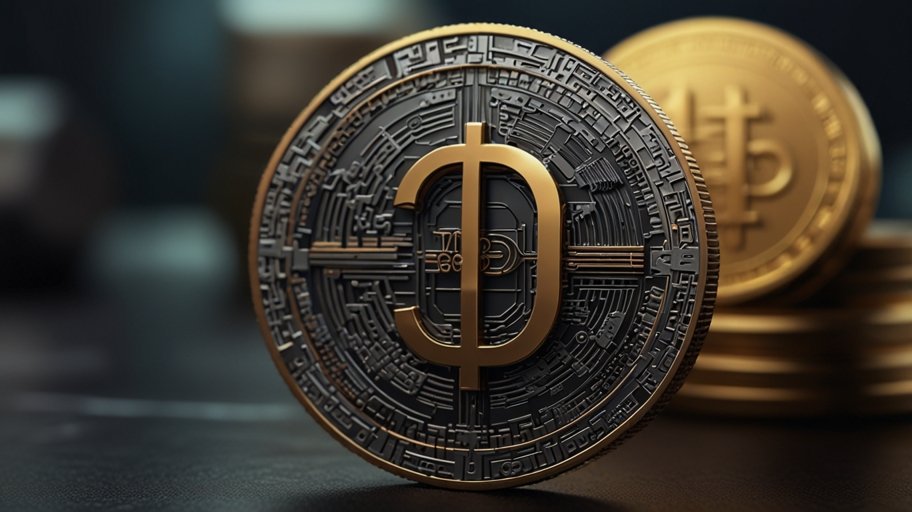Manhattan, often synonymous with opulence and extravagance, recently bore witness to an unexpected downturn in its luxury real estate market. In the past week, the once-thriving segment experienced a series of setbacks that have left both investors and industry experts stunned. This downturn, marked by declining sales, shifting buyer preferences, and economic uncertainties, paints a contrasting picture to the otherwise vibrant and dynamic Manhattan luxury real estate market. Let’s delve into the details of this surprising turn of events.
The Luxury Real Estate Landscape
Manhattan’s luxury real estate market has long been a global symbol of affluence and sophistication. The borough boasts iconic landmarks such as Central Park, the Empire State Building, and world-renowned cultural institutions. These factors, combined with its bustling streets and diverse neighborhoods, have made it a coveted destination for high-net-worth individuals seeking exclusive properties.
However, recent data suggests a shift in this paradigm. Luxury properties, characterized by their premium prices and exceptional features, have faced a challenging week marked by a decline in sales, casting a shadow of uncertainty over the market.
Declining Sales Figures
The real estate landscape in Manhattan’s luxury sector took a hit as sales figures plummeted during the past week. Analysts reported a 15% decrease in luxury property sales compared to the same period last year. This substantial dip in sales has left real estate professionals and investors concerned.
Experts attribute this decline to various factors, including the ongoing economic uncertainties, rising interest rates, and changing buyer preferences. As inflation concerns persist, potential buyers are becoming more cautious, leading to hesitation in committing to high-value real estate investments.
Shifting Buyer Preferences
Another noteworthy aspect of this downturn is the shifting preferences among luxury real estate buyers. Traditionally, Manhattan’s luxury market has attracted international buyers seeking to invest in iconic properties. However, recent trends show a growing interest in more spacious and suburban properties, which offer a respite from the bustling city life.
This change in preference can be attributed to the pandemic, which has led many individuals to reconsider their living situations. As remote work becomes more prevalent, some are opting for larger homes in the suburbs or neighboring areas to enjoy a quieter and more spacious lifestyle.
Economic Uncertainties
The global economic landscape has played a pivotal role in influencing the Manhattan luxury real estate market’s recent woes. Uncertainties stemming from geopolitical tensions, inflation concerns, and fluctuating financial markets have made potential buyers more cautious about making substantial investments.
Additionally, the Federal Reserve’s decision to raise interest rates has led to increased borrowing costs, making luxury real estate purchases less appealing for buyers. These economic uncertainties have combined to create a challenging environment for Manhattan’s luxury real estate market.
In summary, Manhattan’s luxury real estate market has experienced a surprising and challenging week, marked by declining sales, shifting buyer preferences, and economic uncertainties. While the borough remains an iconic and sought-after location for luxury properties, these recent developments have raised concerns within the industry.
As the market navigates these challenges, industry professionals and investors will be closely monitoring economic indicators and buyer preferences to anticipate future trends. The Manhattan luxury real estate market’s resilience and adaptability have been tested before, and it remains to be seen how it will evolve in response to the changing landscape.









Leave a Reply